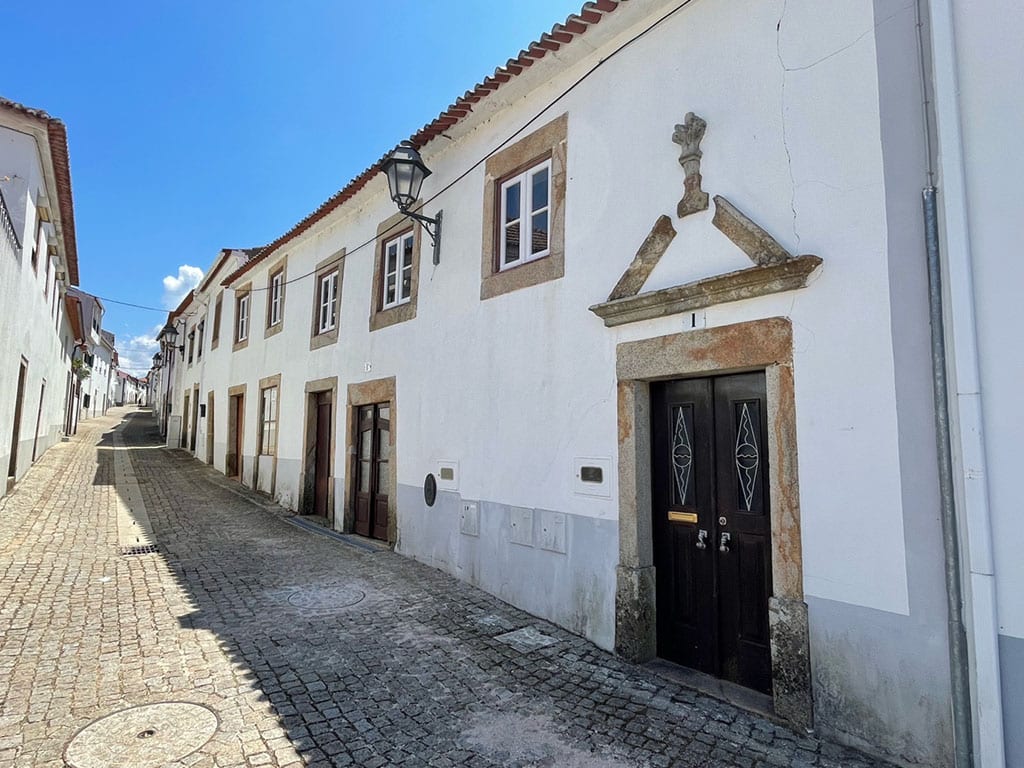What are the roads like? Do they have health centres?”
Moving from the Algarve in 2019 to a village in the west of the Castelo Branco region was an experience not to be missed with positives, negatives and many questions from mildly astonished friends.
Rural Central Portugal, a region half-way between Lisbon and Porto and stretching east to Spain, rapidly is becoming the not-so-hidden jewel in Portugal’s astonishingly varied crown of beautiful places in which to relocate.
While the government continues to tax and punish those running tourist accommodation businesses in high density areas, it quietly provides a range of incentives tailor-made to encourage nationals and immigrants to move inland and to start businesses.
The message ‘foreigners and tourists welcome’ could be hung above the entrance to every municipality I have visited, a welcome change to the over-burdened and poorly staffed local and national government offices in the capital and the south.
First, the downside of the western Central Region; rainfall is generous, although limited to the winter months with summertime the same duration as in the Algarve. The result is that there is no shortage of water, however arid the hotter months may prove to be. The two major rivers cutting through the region, the Mondego and the Zêzere, both start in the Serra da Estrela and provide hydro power, multiple leisure areas and a vast supply of drinking water. There is no talk here of dams running low, of desalination plants or hosepipe bans.

The second downside applies only to those who are in the wrong place, so not really a downside at all; if you are after the nightlife, bars, cafés and restaurants full of foreign tourists and open until dawn, this is not the place to settle. However, if you yearn for a highly functional social infrastructure, the experience of an authentic local lifestyle, an underused road network, countryside of exceptional beauty and a place in which to breathe and truly relax, much of Portugal’s rural interior fits the bill.
“What about fires?” Many will remember the tragic loss of life resulting from an exceptional fire in the Pedrógão Grande municipality in 2017, one of a series of four fires in the area on June 17 as temperature soared into the 40s.
In subsequent years, the government has tightened up on Portugal’s fire prevention laws that roundly were being ignored and has boosted investment in firefighting equipment and personnel.
Major fires since have included those in Monchique, the Lower Alentejo and the eastern Algarve. In my opinion, the Central Region is no less vulnerable to fire than any other forested area in Portugal and the State’s investment in fire prevention and firefighting has been welcomed.
The plusses of rural living in the Central Region are legion, including perhaps the most attractive; ‘value for money’. With property prices soaring in Porto, Lisbon and the Algarve, where indifferent homes can soak up available capital, classic townhouses in historic zones and beautiful farmhouses with commanding views are hugely affordable in Central Portugal.
Many incomers start their property search down south or in the capital but soon turn their attention inland where the lifestyle is calmer, the welcome genuine and property prices significantly lower.
The cost of living is lower too. There is almost zero temptation to ‘go to the shopping centre’ as these are limited to the bigger cities. Locally, a small espresso is still 65 cents and a beer around €1 and a glass of wine weighing in at 40 cents. Depending on how you integrate into country life, an endless provision of fruit and vegetables, eggs and nuts appear by magic on the front doorstep. Cafés and restaurants are genuinely welcoming and basics in local shops are no higher priced than the supermarkets.
For those keen on expanding their social networks with Portuguese and foreign residents, all towns and many villages have Facebook groups that keep people informed of local events and are a marketplace for goods and services. If you are not sociable, that’s perfectly accepted with respect given to those who want to live quietly, but the attraction of genuine helpfulness, welcoming smiles and a warmth not found in the cities can be mesmeric.
Property prices remain perhaps the most important driving factor to the growing appeal of Portugal’s interior areas. Younger buyers seek space, good schooling and a safe, outdoor way of life for their families; retirees choose a calm lifestyle with social interaction and proximity to the nation healthcare network; entrepreneurs are engaging in providing services mainly related to tourism and others simply want to move from city to countryside to improve their health and sanity – all can achieve value for money and breathe easier in a troubled world.
By Paul Rees
The author runs Rural Properties, an innovative business that invests in the Central Region, buying, renovating and selling properties. For investment enquiries: www.rural-properties.com or contact info@rural-properties.com




















